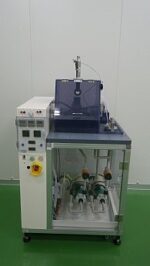How being open can give manufacturers the innovative edge
Tesla Motors’ decision last year to make all of its patents open to outside use has turned the industry on its head. By Stefano Picozzi, PaaS business development manager, Red Hat A/NZ Most industries are affected by disruption from technology so, to remain competitive, organisations need to keep up. Technology advances affect manufacturing, in particular. The industry is changing quickly, and the manufacturers that continue to prosper are those that keep pace with technology. Industrial solutions such as automation, resource management systems, and high-speed industrial design processes have helped manufacturers become far more agile and productive than they used to be. A manufacturer can only be as innovative and agile as the software on which these industrial solutions rely. However, not all software is created equal. The bulk of software solutions used in this industry is proprietary; owned, managed, and developed by a single company. This means new developments can be slower when it comes to innovation and best practice. Open source software, by comparison, is not owned by any single organisation; it is the result of a global community of millions of programmers. Because of the open and collaborative nature of this sort of software, with many minds contributing to its development, it can keep up with the agility and innovation that industry now demands. Organisations in many areas of business are increasingly seeing the value in the open source approach. The automotive sector is a good example. Digital design and automated manufacturing means developing a new car now takes a fraction of the time it used to. Tesla Motors’ decision last year to make all of its patents open to outside use has turned the industry on its head. Tesla made this unprecedented move in the hope that it would help drive the adoption of electric car platforms. […]










